10 Best Python Libraries for Machine Learning
-
Last Updated:
25 Mar 2022
-
Read Time:
7 Min Read
-
Written By:
 Isha Choksi
Isha Choksi
-
1393
Table of Contents
Python has been used by data scientists for years, but there are still many things we don't know about it. In this article, I'll share my favorite Python libraries for machine learning.
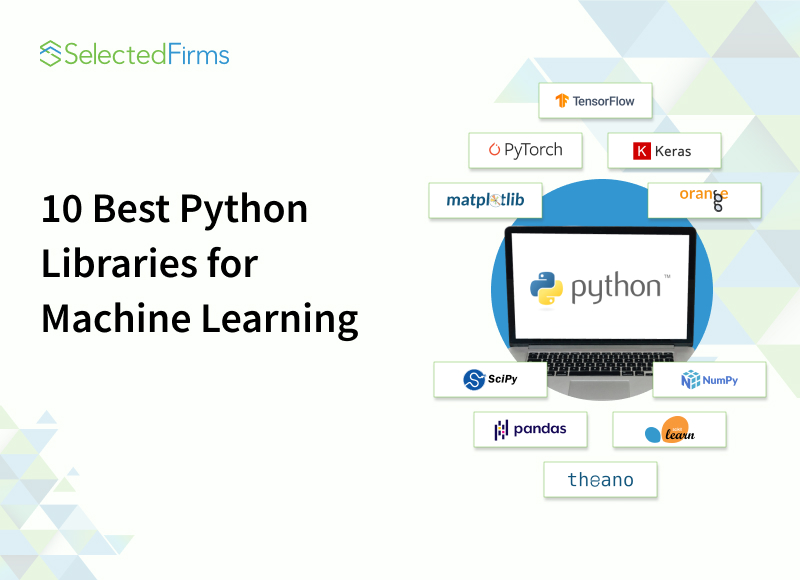
Python is one of the most popular programming languages ?? on the market and currently takes first place with 33.18% of the market share. And this figure should not be surprising since Python is an extremely easy-to-learn programming language and incredibly flexible at the same time. It is excellent for many purposes, and machine learning is one such purpose. Python has many different libraries of complete tools for integrating machine learning technologies into business projects. In this article, we’ll take a look at 10 well-known machine-learning libraries in Python. So, without further ado, let’s get started.
Note: Keep in mind that the places at this top do not indicate that one library is better than another. We just list the top ten most popular libraries.
Library #1. TensorFlow
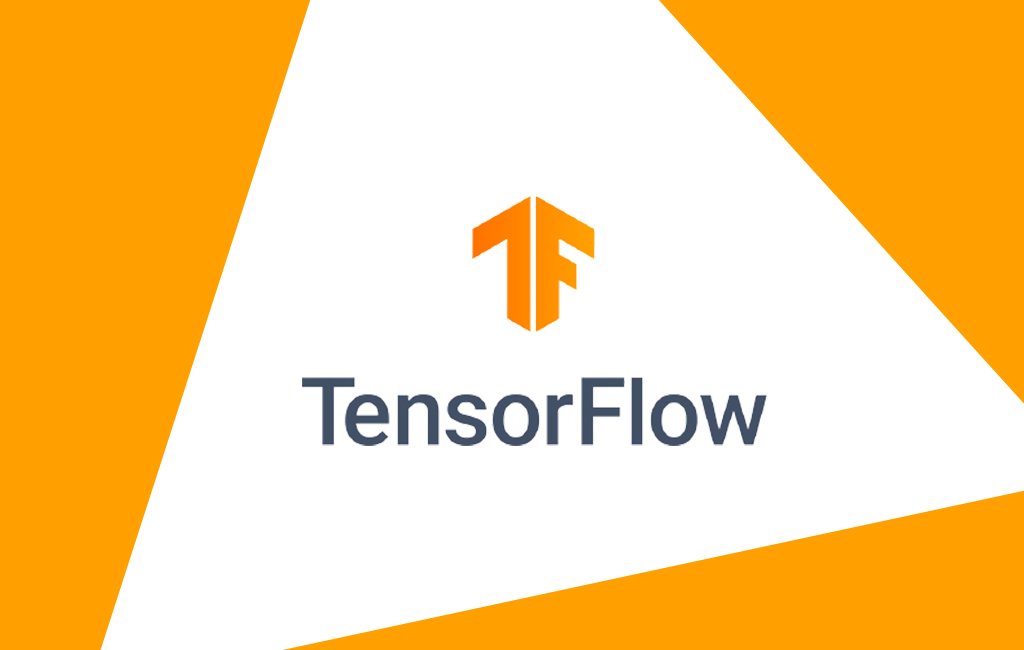
When it comes to machine learning in Python, the TensorFlow library immediately comes to mind. According to Forbes, the TensorFlow library has become the market's most popular machine learning tool.
This library was created in 2015 by Google Brain and was initially intended for internal use in official Google products. However, with the growing popularity, more and more promising startups have expressed a desire to complement their technologies with this library. Among these companies are such popular ones as Airbnb, Airbus, PayPal, VSCO, and many others.
The reason for this popularity was the combination of several advantages:
- Flexibility. TensorFlow is based on a flexible system of community resources, which makes it much easier for developers to create and implement machine learning technologies in projects.
- Rapid deployment of ML models. You can easily control the modes of machine learning models no matter where they are deployed: in the cloud, in the browser, on the local device, and so on.
- Powerful developer support. Since this library was created under the wing of Google, you can be sure that this library has a bright future. Each update is packed with various improvements and new tools that make machine learning more accessible.
Library #2. PyTorch
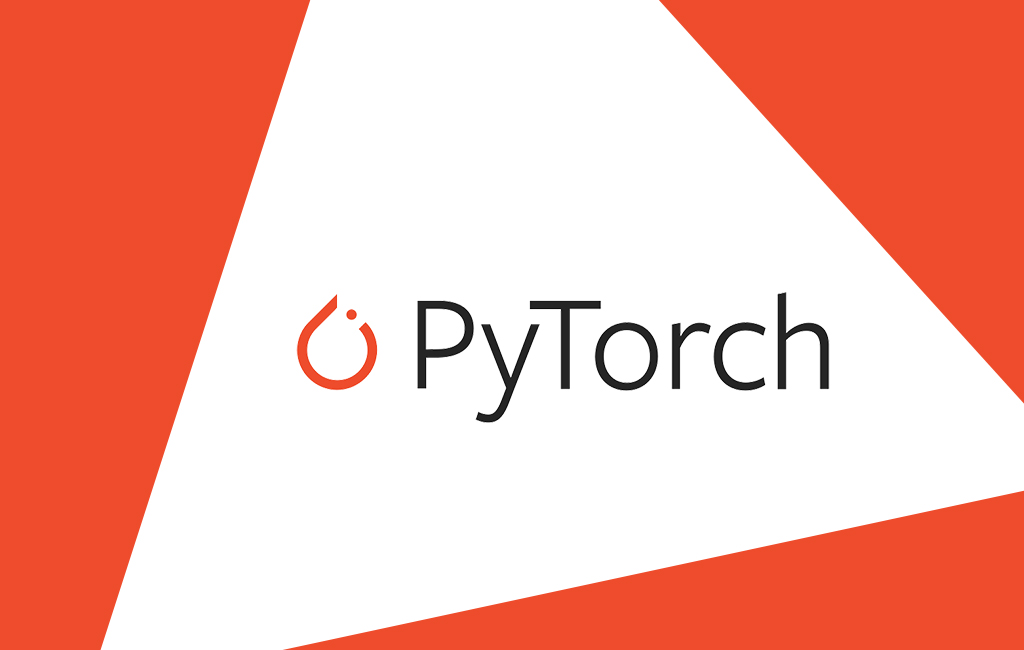
While Google was working on its machine learning library, Facebook kept up with trends and did some development. The result of these developments is the PyTorch library. However, the direction of this library is slightly different from Google’s. The main tasks are computer vision analysis, natural language processing, and other complex tasks. However, this library also found its fans in the face of Microsoft, Uber, Walmart, and other companies.
Among the advantages of this library are:
- Accelerated development. TorchScript, which is embedded inside the library, significantly speeds up the transition from prototype to production.
- Excellent performance. This library is based on a distributed back-end side, which significantly affects the overall speed of work.
- Cloud support. PyTorch is friends with many well-known cloud services (Alibaba Cloud, Amazon Web Services, Google Cloud, and others). Additionally, developers often compare Cloud GPU pricing across these platforms to optimize costs while running large-scale machine learning models.
Library #3. Keras
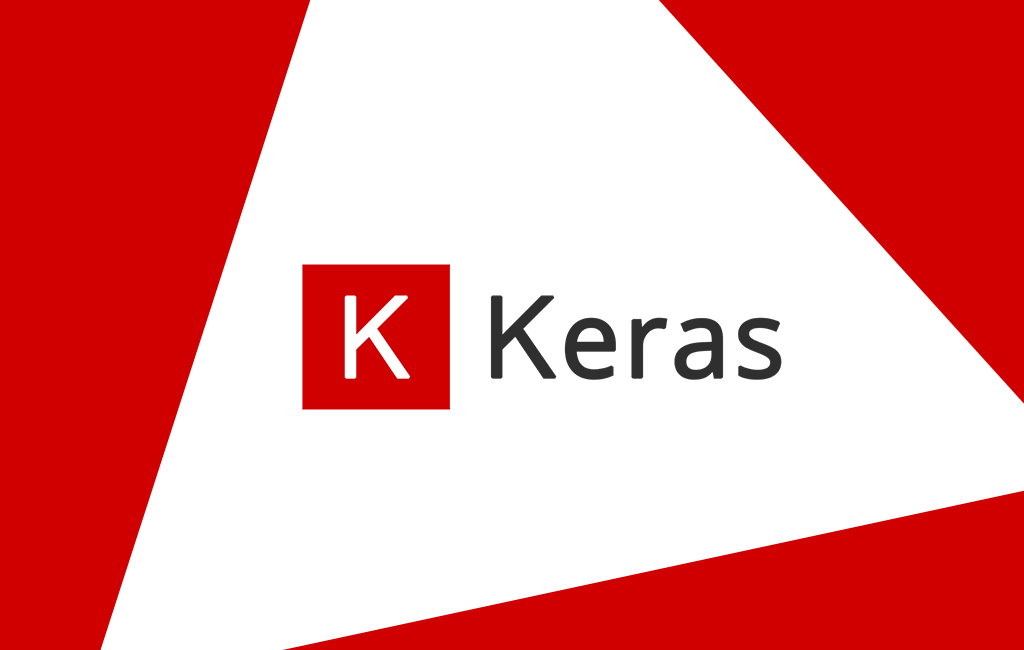
The initial iteration of the Keras library is a deep neural network tool. However, over time, the library has been redesigned and evolved into a standalone Python ML library. This library represents a wide range of tools that currently leverage companies like Netflix, Uber, Yelp, and others.
This library is the choice of many thanks to:
- Simple interface. You will be surprised when you see the Keras API because it was created to make it as easy as possible and speed up software development.
- Multi-backend support. With Keras API, you can embed machine learning models of varying complexity into any backend.
- Modular library structure. At its core, it is a constructor consisting of parts. Developers use ready-made parts by integrating them into their projects, thereby speeding up development.
Library #4. Orange3
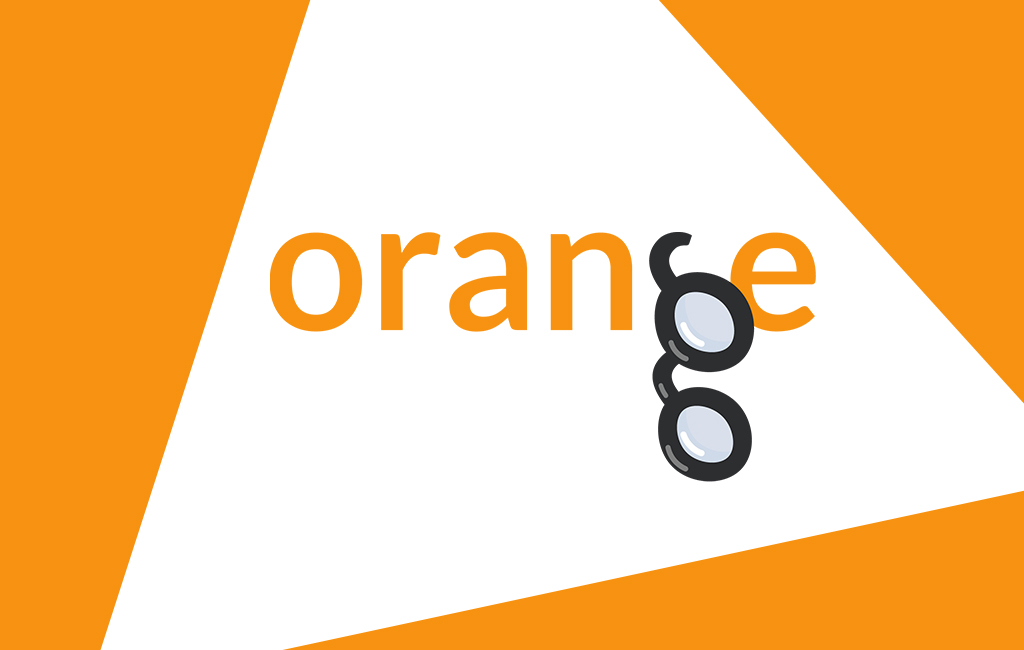
This library is one of the oldest, and nevertheless, it is used in modern projects where machine learning is required. Orange3 was created in 1996, and the library was based on the popular C ++ programming language. In 1997, the library gained wide popularity, and many programmers began to use its widgets in their projects.
This library is still on the market due to the following strengths:
- Excellent predictive modelling and algorithm testing. The main goal of Orange3 is to help develop highly accurate recommender and predictive systems.
- Widgets as the basis of the structure. An extremely convenient system of widgets with different functionality for different business purposes.
- Ease of learning. Orange3 is an extremely simple library. So simple that it was included in school curricula.
Library #5. Matplotlib
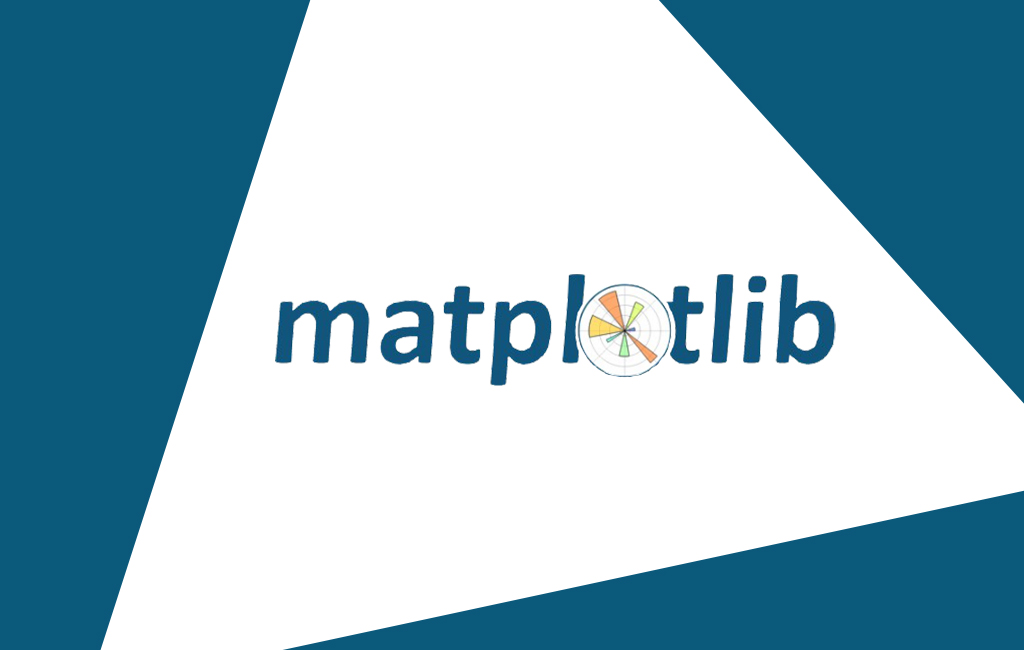
Matplotlib is an open-source and data visualization and plotting library that is primarily used for creating animated, and interactive visualizations in two-dimensional graphics in the Python language and its numerical mathematics extension NumPy. Matplotlib was written and maintained primarily by John Hunter in 2003 and is distributed under a BSD-like license. With this Python library, you can create various plots as per your data like Bar Chart, Scatter Plot, Histograms, Contour Plots, Pie Plot, Box Plot, etc
The main advantage of this library is:
- A wide range of visualization tools. Charts, 2D and 3D charts, graphs, and other images can be quickly built using this library.
Some Drawbacks of this library include its dependency on other packages like Numpy, and it can’t be used in another language other than Python.
Library #6. NumPy
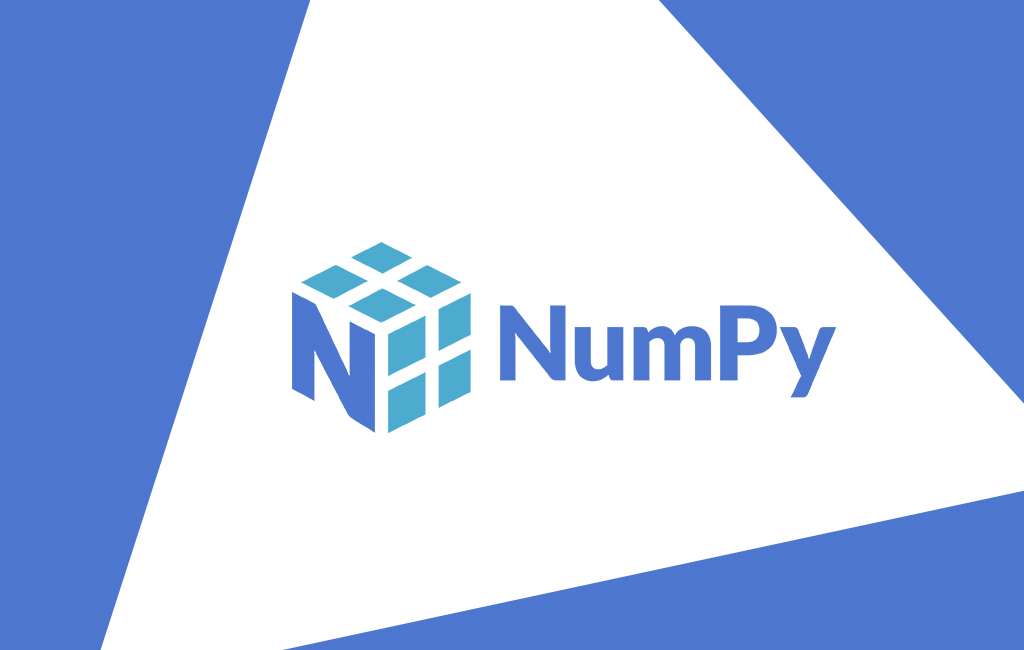
We just mentioned NumPy, and now is the time to talk about it in more detail. We will go from afar and say that when the Python language was just created, it did not include the functionality of numerical calculations. However, when the NumPy library appeared with various math functions, it expanded the capabilities of the Python programming language. It is on the basis of these functions that all machine learning solutions are created.
In addition, this library has the following strengths:
- Ample computing power. With this library, it is possible to work with linear algebra, matrix calculations, random number generation, and other mathematical operations.
- Outstanding performance. All mathematical operations are performed in arrays, which ensures a high speed of work.
- Large community. The larger the community, the easier and faster it is to find answers to emerging questions.
Library #7. SciPy
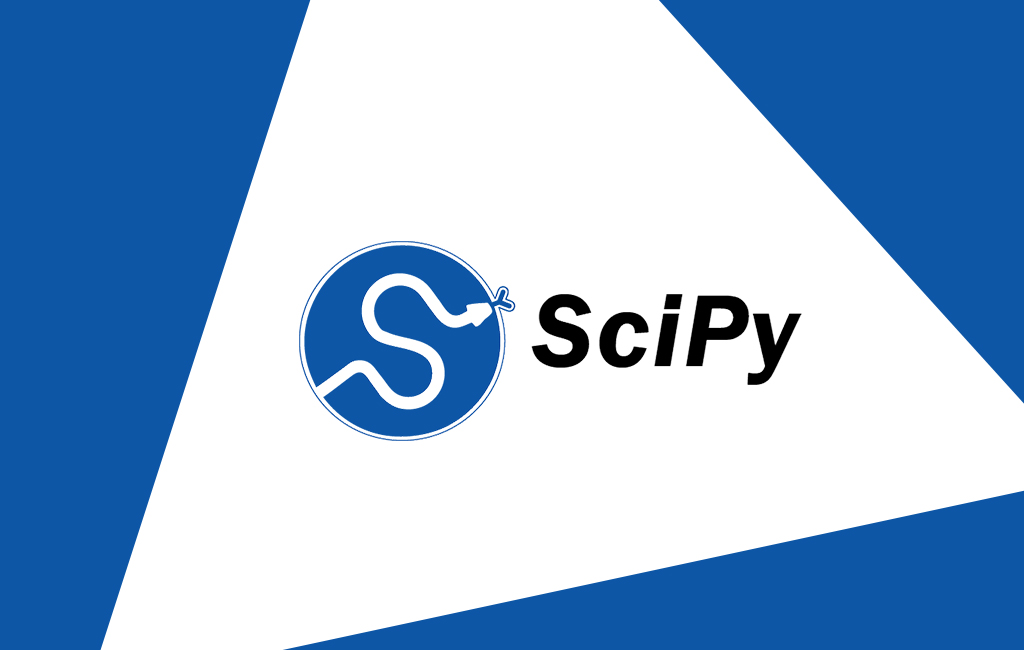
Since SciPy is included in the eponymous stack, this library is also worth talking about a bit. This is an open-source library for scientific and engineering calculations. Among its capabilities, you can find the following mathematical and other operations: finding minimums and maxima of functions, calculating integrals, signal processing, image processing, and many others.
All of these useful features are supported by the following strengths:
- Good computing performance and speed. With this library, you can be sure that such complex calculations as numerical interpolation, integration, linear algebra, and many others will be performed extremely quickly, saving you time.
- User-friendly library. If you are looking to hire offshore developers who work with Python, you can be sure they all know this library. It is extremely easy to learn and very useful in developing machine learning algorithms.
- Enhanced calculations in synergy with NumPy. Since SciPy is based on the NumPy library, you can work with its datasets, thereby improving and speeding up computation operations.
Library #8. Scikit-Learn
The seventh place in our top is opened by the Scikit-learn library, which was originally planned as a third-party extension of the SciPy library. However, the developers’ plans have changed, and over time this library has become one of the most popular on the well-known GitHub platform. Thanks to its advantages, it supports popular applications such as Spotify, Booking.com, OkCupid, and many others.
By the way, about the benefits:
- It copes well with classic machine learning algorithms. Using this library, you can be sure that you have all the necessary tools at your fingertips to apply classic machine learning cases. For example, this library contains classification algorithms for spam detection and image recognition, regression algorithms for making predictions, clustering algorithms for customer segmentation and similar operations, the choice of a model to improve the accuracy of calculations, and many others.
- Compatible with other SciPy stack tools. Since this library is an add-on to the main math libraries, you can add more capabilities to your project to implement machine learning models.
Library #9. Pandas
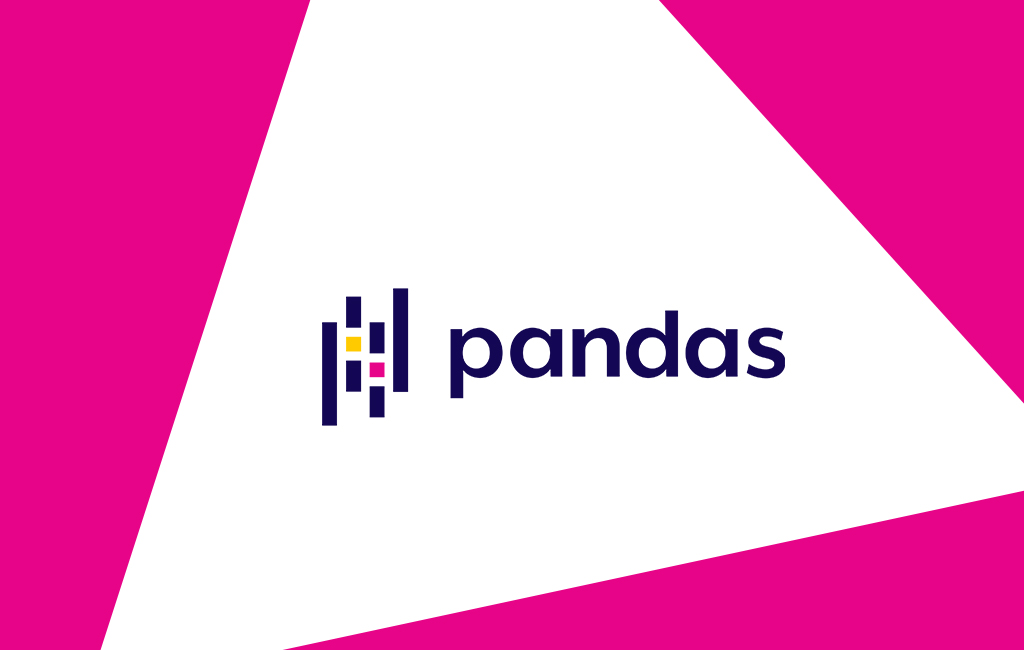
The penultimate place at our top is called the low-level Pandas library, which is based on the already familiar NumPy library. This library was created in 2008 by the financial company AQR because it urgently needed tools for mathematical calculations and quantitative analysis of financial data. Previously, this library was intended for internal use by AQR only. However, when the main developer of the library, Wes McKinney, was about to leave the company, he persuaded the directors to make this library open-source, which allowed it to go public and gain high popularity.
In addition, the Pandas Library has the following strengths:
- Dataframes and their power. Dataframes are at the heart of this library's computational and data analysis processes. This allows website developers to view the data to ensure a high-quality product conveniently.
- Efficient and convenient data processing. The library’s flexibility allows developers to efficiently structure data, change it, change filtering conditions, and much more.
Library #10. Theano
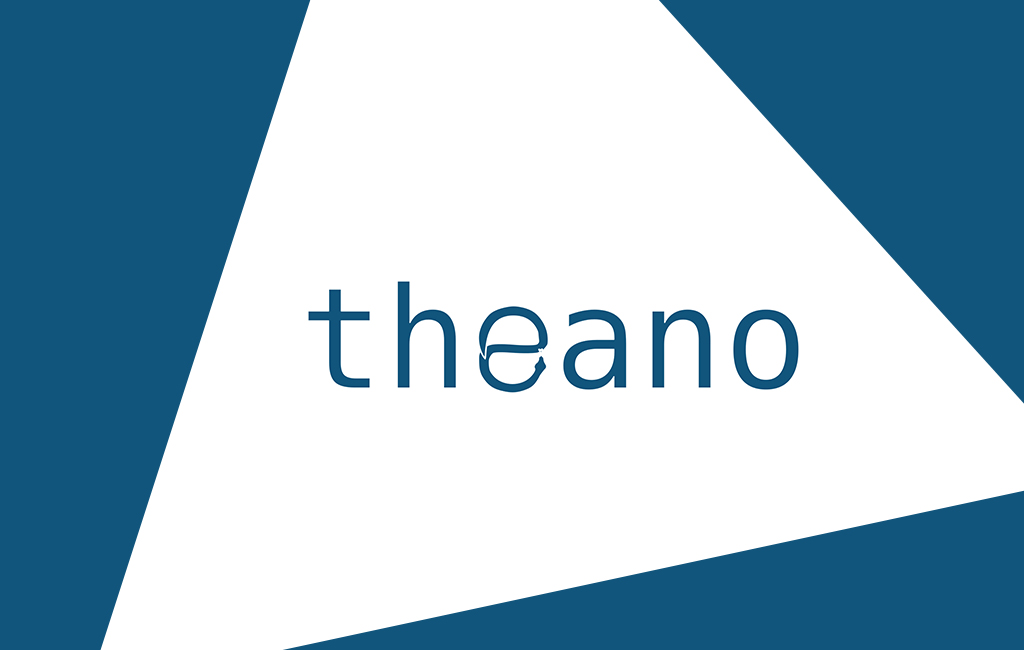
At the tenth place of our top is a rather old library relevant today. Theano Library was created by MILA in 2007, and the main purpose of this library is to handle various mathematical expressions. These mathematical expressions then become the basis of deep machine learning algorithms. Despite the fact that this library is not as ultimate as the same TensorFlow or PyTorch, it is still a great addition to the process of creating machine learning models for projects of different sizes.
In addition, Theano has several undeniable advantages in its arsenal:
- High-performance concurrent computing. All calculations are extremely fast without sacrificing overall performance. Developers can also reuse code snippets to create similar functionality, speeding up the development of a machine-learning model.
- Excellent work on different computing cores. High performance is maintained regardless of whether the calculations are performed on a CPU or GPU.
- Replacing unstable expressions. To improve the quality of machine learning models, this library can replace unstable expressions that can affect performance.
Wrapping Up
So, we have told you about the ten most popular libraries for creating machine learning models in Python. As you can see, all libraries are quite diverse and serve different purposes. Some libraries are the ultimate tools for machine learning development, while others are narrowly focused tools that complement the creation process, making it more convenient. Now you are equipped with the knowledge you need and are ready to start building custom machine learning models using these libraries.








